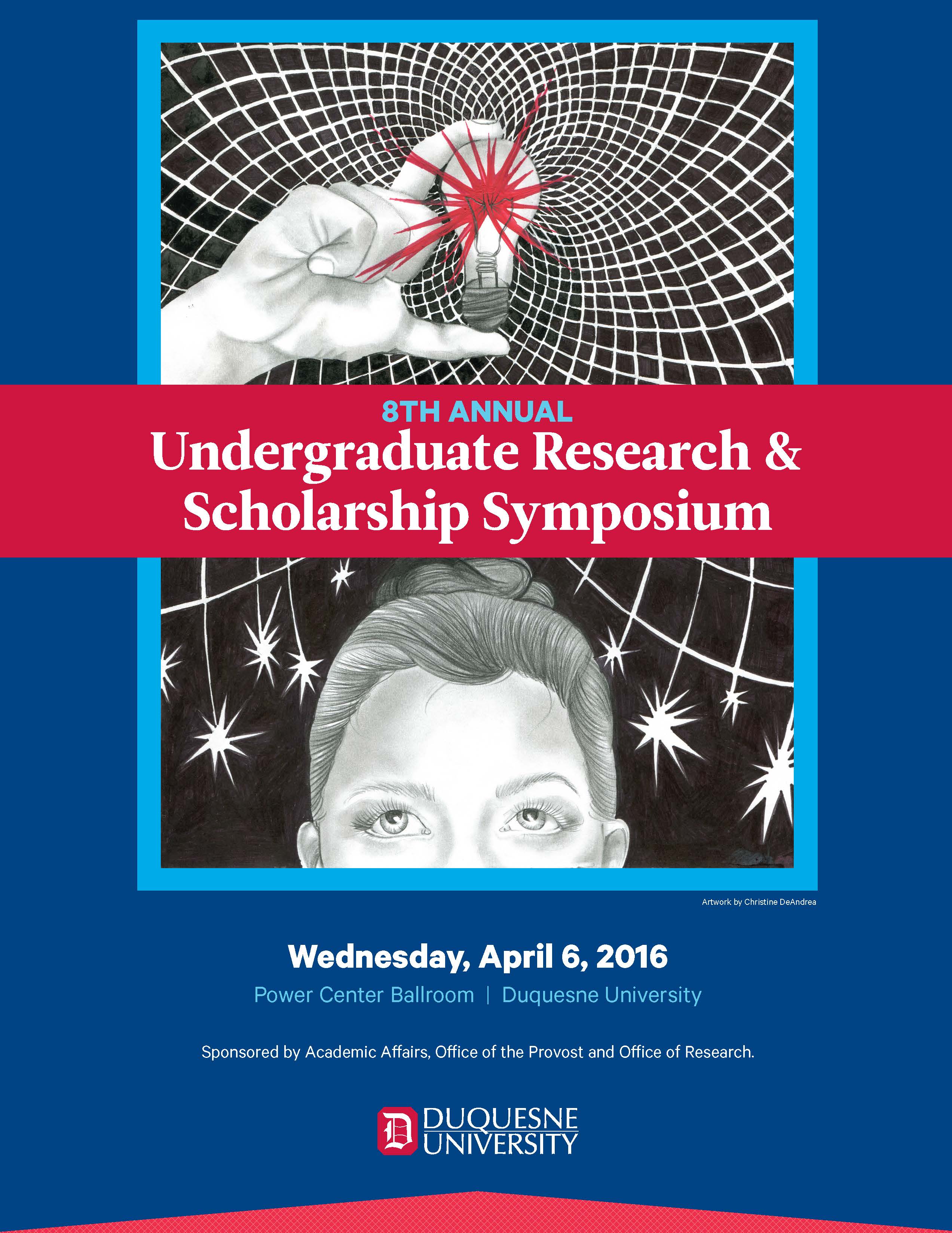Presenter Information
Ayan N. Ahmed, Brandon Vernier, Jeffrey Rohde, and Jeffrey D. Evanseck
Abstract
Semi-crown ligands have been utilized in the asymmetric Mukaiyama aldol reactions involving enol silyl ethers; however, the factors that influence the stereoselectivity are not understood. Our previous work suggests that competition between the formyl and alpha hydrogen bonds between a chiral catalyst and the formyl or alpha hydrogen of the aldehyde play a critical role in the overall stereoselectivity. To understand the Mukaiyama aldol reaction, we investigate the Trost dinuclear zinc-based semi-crown ligand and its role in the reaction using the M06-2X functional paired with Dunning basis sets. Our discussion centers upon our energetic findings and consequences of the alpha and formal hydrogen bonds that occur separately for the electrophile and the nucleophile in the Mukaiyama aldol reaction. Our results contribute to the development of a rational strategy for designing catalysts for the Mukaiyama aldol reaction, which may serve to be an excellent template to expand to other asymmetric processes.
School
Bayer School of Natural and Environmental Sciences
Advisor
Jeffrey D. Evanseck, Ph.D.
Submission Type
Paper
Publication Date
2016-04-06
Included in
Non-traditional hydrogen bond explanation of asymmetric catalysis of Mukaiyama aldol reactions by dinuclear zinc semi-crown ligands
Semi-crown ligands have been utilized in the asymmetric Mukaiyama aldol reactions involving enol silyl ethers; however, the factors that influence the stereoselectivity are not understood. Our previous work suggests that competition between the formyl and alpha hydrogen bonds between a chiral catalyst and the formyl or alpha hydrogen of the aldehyde play a critical role in the overall stereoselectivity. To understand the Mukaiyama aldol reaction, we investigate the Trost dinuclear zinc-based semi-crown ligand and its role in the reaction using the M06-2X functional paired with Dunning basis sets. Our discussion centers upon our energetic findings and consequences of the alpha and formal hydrogen bonds that occur separately for the electrophile and the nucleophile in the Mukaiyama aldol reaction. Our results contribute to the development of a rational strategy for designing catalysts for the Mukaiyama aldol reaction, which may serve to be an excellent template to expand to other asymmetric processes.

